Well, Fashion Month is over! February and March have been the months of street style and it’s constant critiquing over the lack of diversity. There have been articles in The Cut, about how “Street Style Is Killing Itself With Its Narrow Focus on Thin White Women“, or on Teen Vogue, about “Street Style Photos Exclude Plus-Size and Black People”. I’ve read a lot of articles and the common thread is no one can decide who is truly at fault. Is it designers, photographers, magazine editors, or the influencers themselves? Who is at fault? BS. Hogwash. Poppycock. Insert twenty other ways to call bullsh*t.
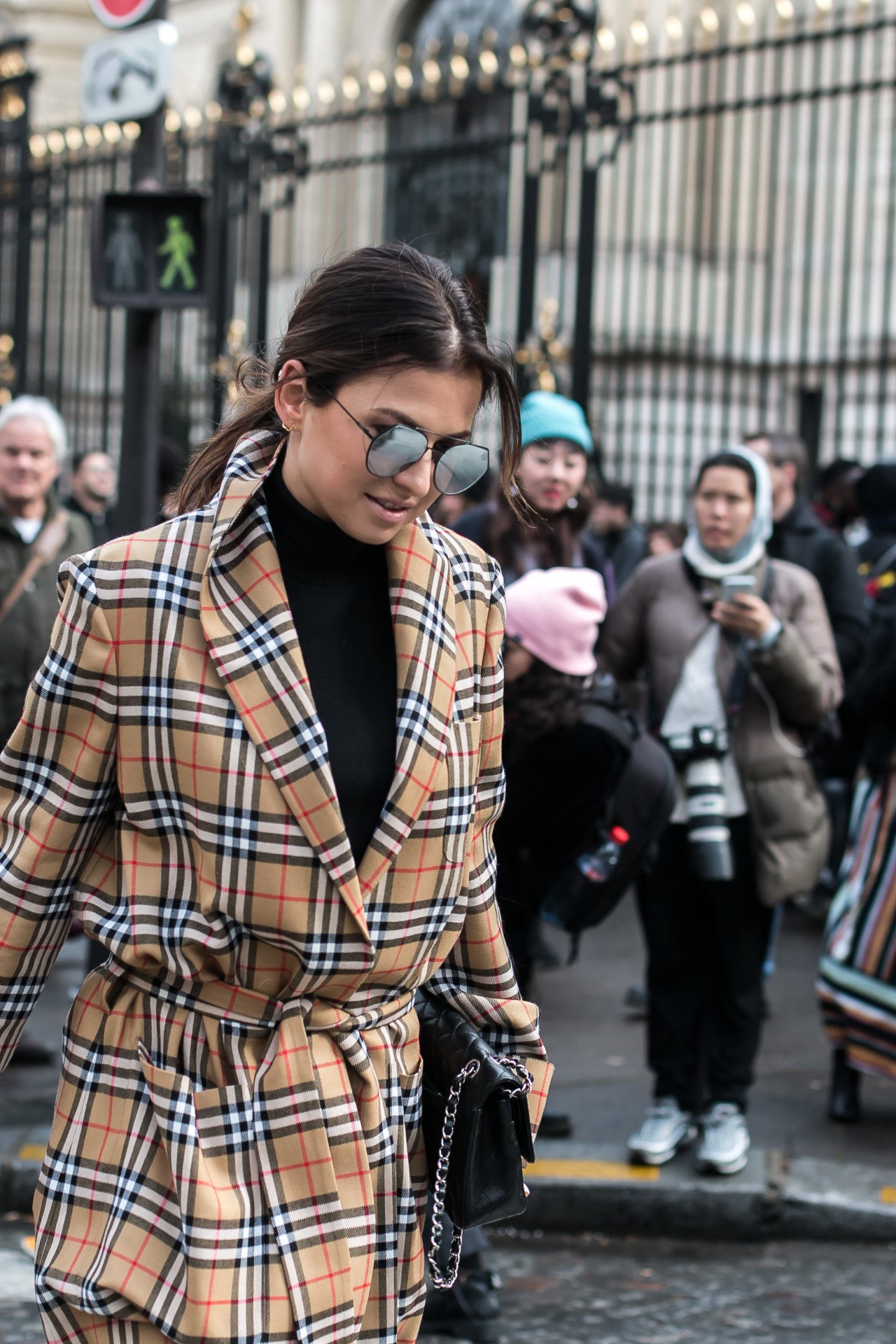
I call crap. There is fault. Plenty of it. We are all complicit. Me, you, designers, photographers, PRS, influencers, the industry as a whole. Institutionalized racism, colorism, sizeism, and implicit biases saturate the fashion industry. Each of these concepts together rears their ugly heads in the guise of a lack of diversity.
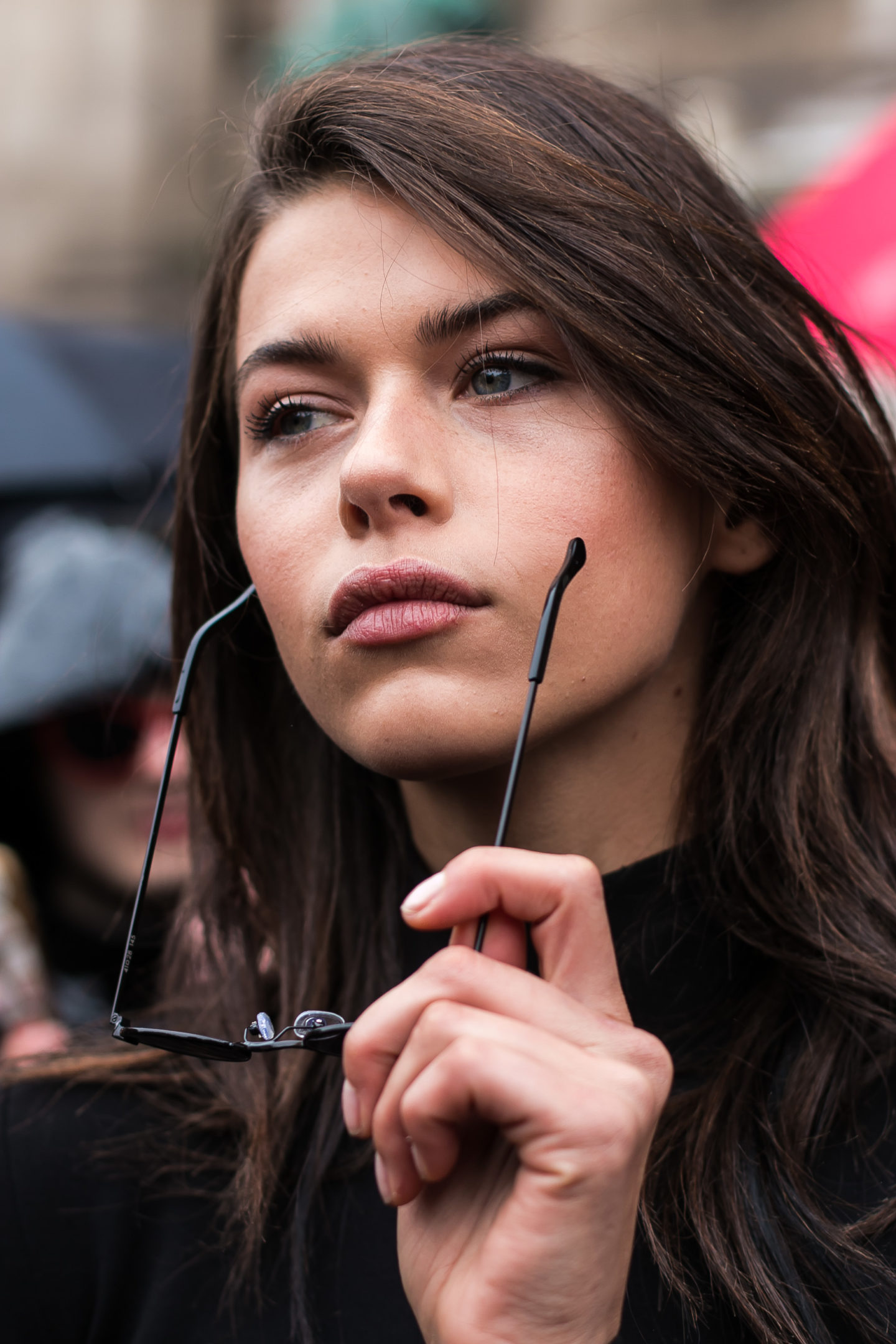
I’m not handing down blame where I cannot take it. I know I have not been the best person and been a stellar example of how to be diversity inclusive, but the thing is, I realize and I’m trying to change. Disappearing was necessary so I could look at how the industry works (and also so I could focus on my school work #studentvibes).
I noted that most of the people who I follow are exactly who street style photographers target: white, skinny, fashionable. A few months ago, I diversified my following. I also noted that there are people missing on my feed: non-black/non-Asian Women of Color and plus-size women. Diversity takes time to implement. It must be intentional. 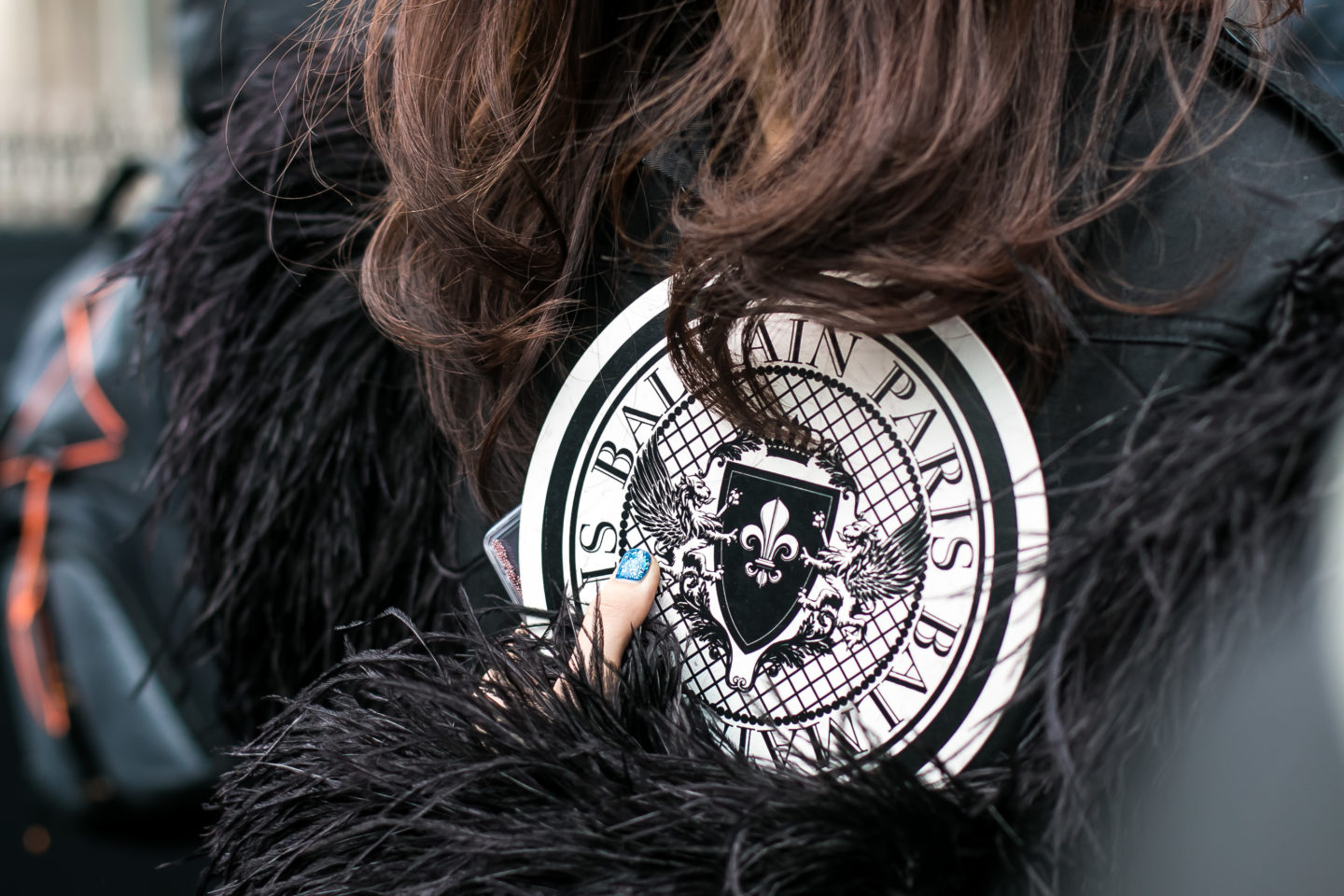
You might have read the first two paragraphs and said, “BUT I’M NOT A RACIST”. Congratulations, the first step to getting better is acceptance. Just kidding. Seriously though, you’re not a racist just because you’re complicit in the fashion industry’s diversity issue.
We all have this thing called implicit bias. It’s not something you can escape, but it affects the way you interact with people every day. Biases can be changed, but you have to acknowledge that you have them, because we all do. You learned them from things such as simple as the skin color of the dolls you played with, TV shows you watched when you were a child, or tiny utterances that your parents made about other races out in public. Biases shaped us as humans to where we are today, BUT they do not define us.
I Don’t See Diversity in Fashion Because Photographers Only Shoot Basic White Women.
I’ve seen a lot of blame placed on photographers. As someone who attends London & Paris Fashion Weeks and often shoots street style at both (Shameless plug to my photography), while photographers aren’t out of the scope of all criticism, they aren’t the only ones who are at fault. When I’m outside and my fingers are turning blue with cold, I’m shooting whoever is in front of me. If there are 100 people coming out of a show, I’m shooting everything and everyone I see. There may be five black and Hispanic bloggers coming out of a show to my right. If I’m facing left, I honestly may just miss them.
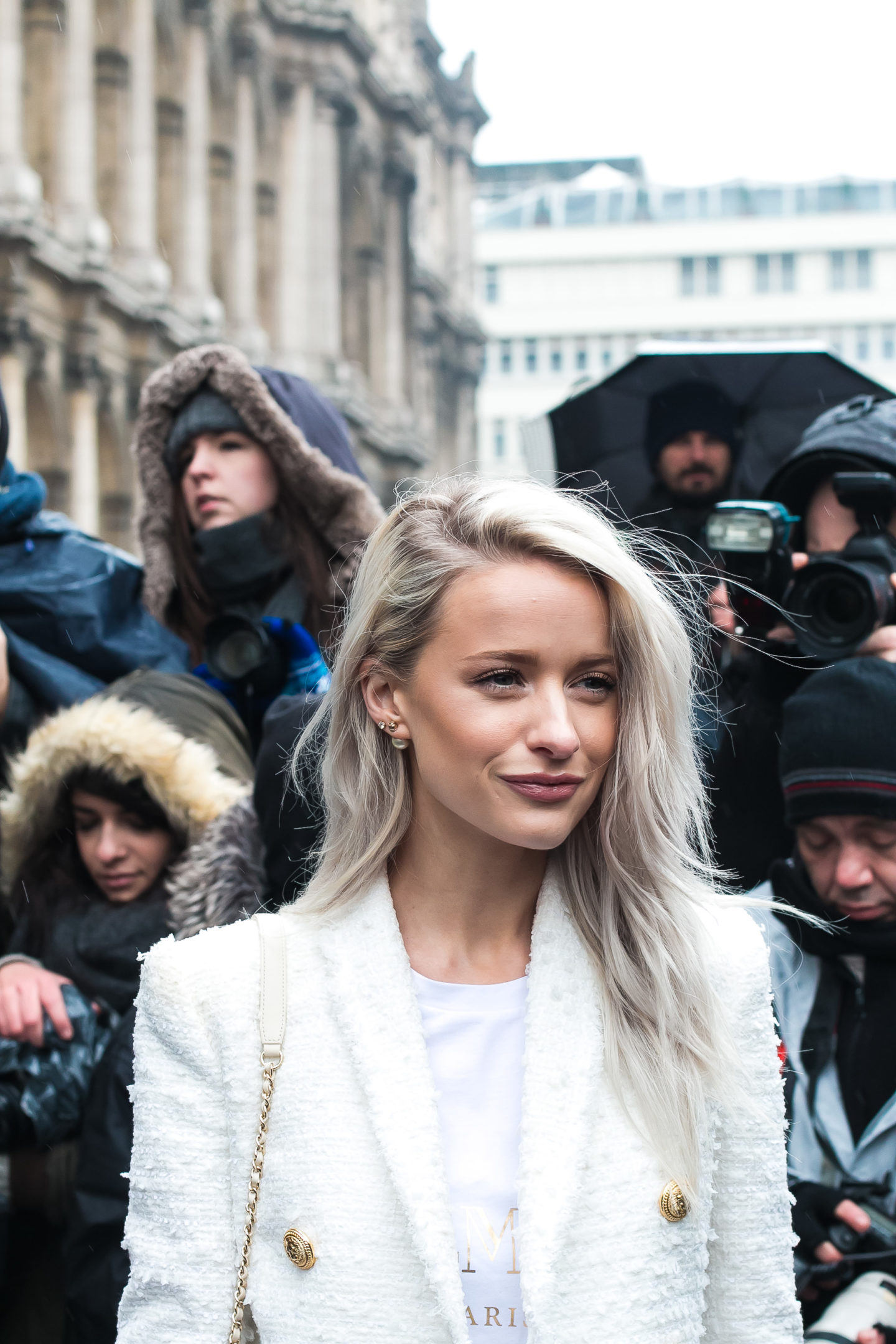
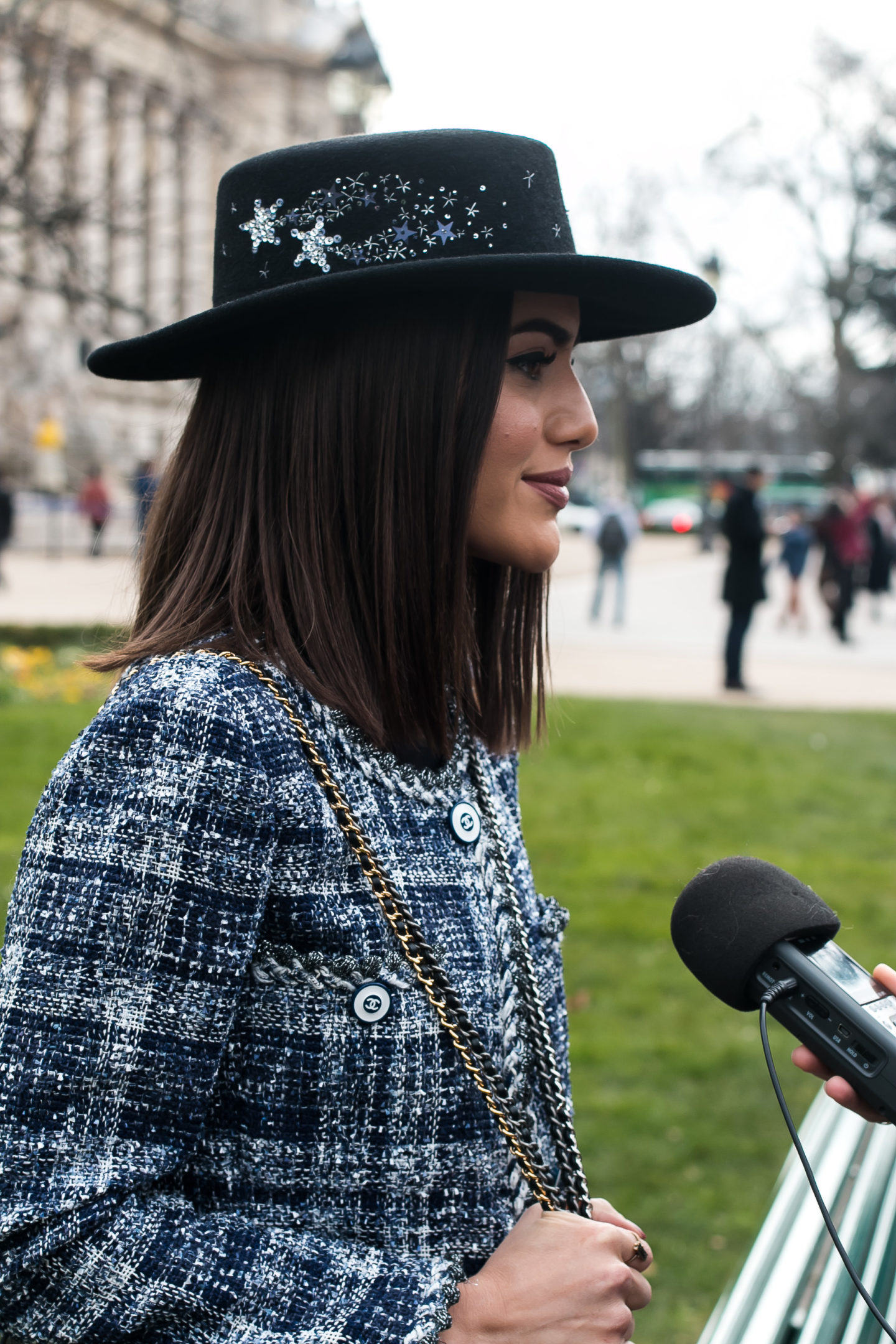
99% of the photographers I’ve met are not there just to shoot pretty pictures for Instagram. Photographers are there to work so Vogue, Elle, Harpers’ Bazaar, Getty and other publications can run them their check and give them a nice new credit for the portfolio.
Looking through my PFW street style photos, I noted even I didn’t get a 50/50 mix. It was probably 75/2b5 white/petite Asian vs. non-white/ non-Asian. It was a struggle and I went out of my way to shoot bloggers who were different. Shooting street style is difficult because you’re shooting based on your aesthetic. If someone doesn’t fit your aesthetic, then you won’t shoot them.
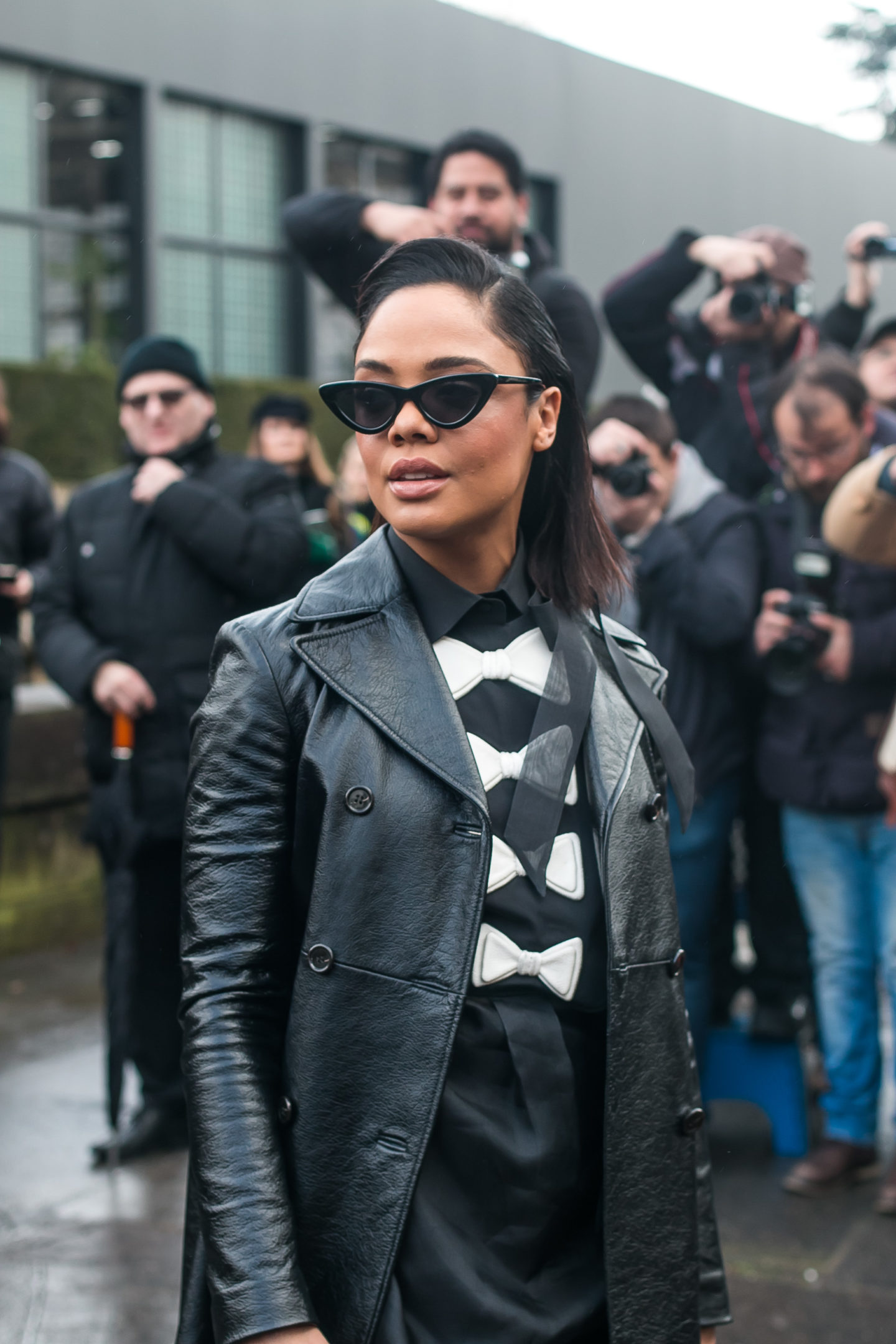
But want to know what aesthetic includes? Inherent bias. Some of us were taught that kinky hair wasn’t beautiful, dark skin isn’t pretty, or being fat was disgusting when we were children. If you were, then you probably won’t shoot darker skin or shoot someone bigger than a size 2. A lot of people hide their biases behind aesthetic, but honestly, these biases rear their heads in their work.
I know I have biases. I know I don’t shoot a lot of women who are larger than a size 8 US or certain races. The average woman is larger than a size 8 and I’m doing a disservice to fashion. I’m doing my best to fix this in my work, but it’s something I have to do intentionally. I’m literally going out of my way to show these people love because I know a lot of people looking to be photographed. When not a single photographer looks up at you because you aren’t thin, white, pretty, and tall, shit hurts. Deep.
Street Style…You’re Boring Babes.
Street style has definitely lost its allure since I first began because everyone looks the same. Literally, there were times where I thought I saw the same person because everyone has the same Louis Vuitton sneakers and Chanel plastic coat.
When all street style models look the same or just downright crazy in their outfits, life gets boring. When its -1 C outside and you see influencers in crop tops, it makes you not want to shoot them. Unfortunately, photographers know what editors want and that means familiar faces. If editors don’t want to see a plus size woman in a high street skirt, many don’t want to take up space because an influencer is getting out of her car next. I spoke with many photographers this season and many were uninspired. Especially when they had to take shots of specific influencers in order to get their paychecks.
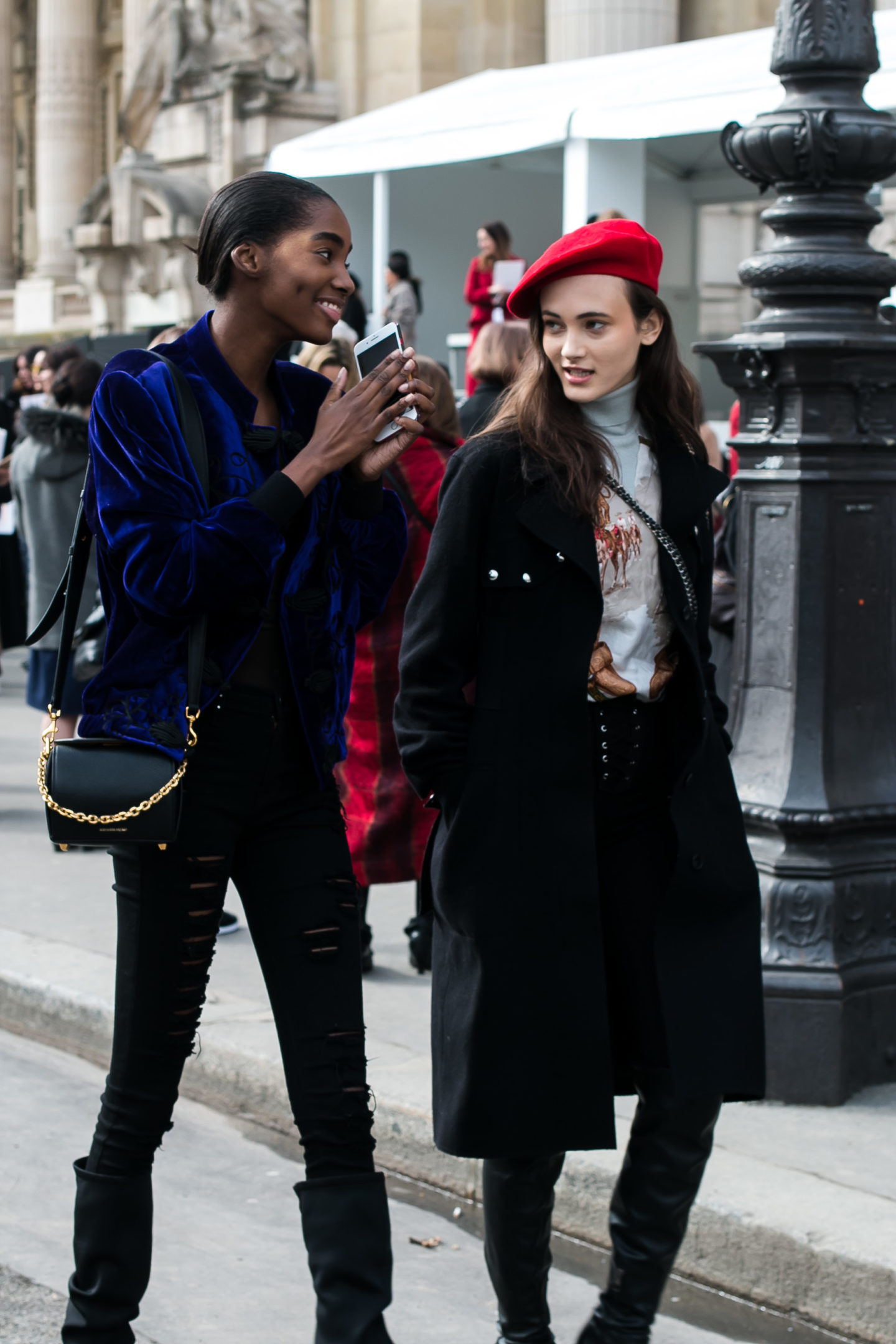
Years ago, when I would go on Instagram, I would see a multitude of bloggers. They were all tall, thin, white, but they all had their own personal style. People made fashion, their own personal tool to show the world their personalities. Now, everyone wears the same designer pieces and fashion blogging has become uniform. It’s the same people in every collaboration, press trip, and sponsorship opportunity. Look at the backlash after the Revolve trips and you’ll see that the lack of diversity extends far past Revolve.
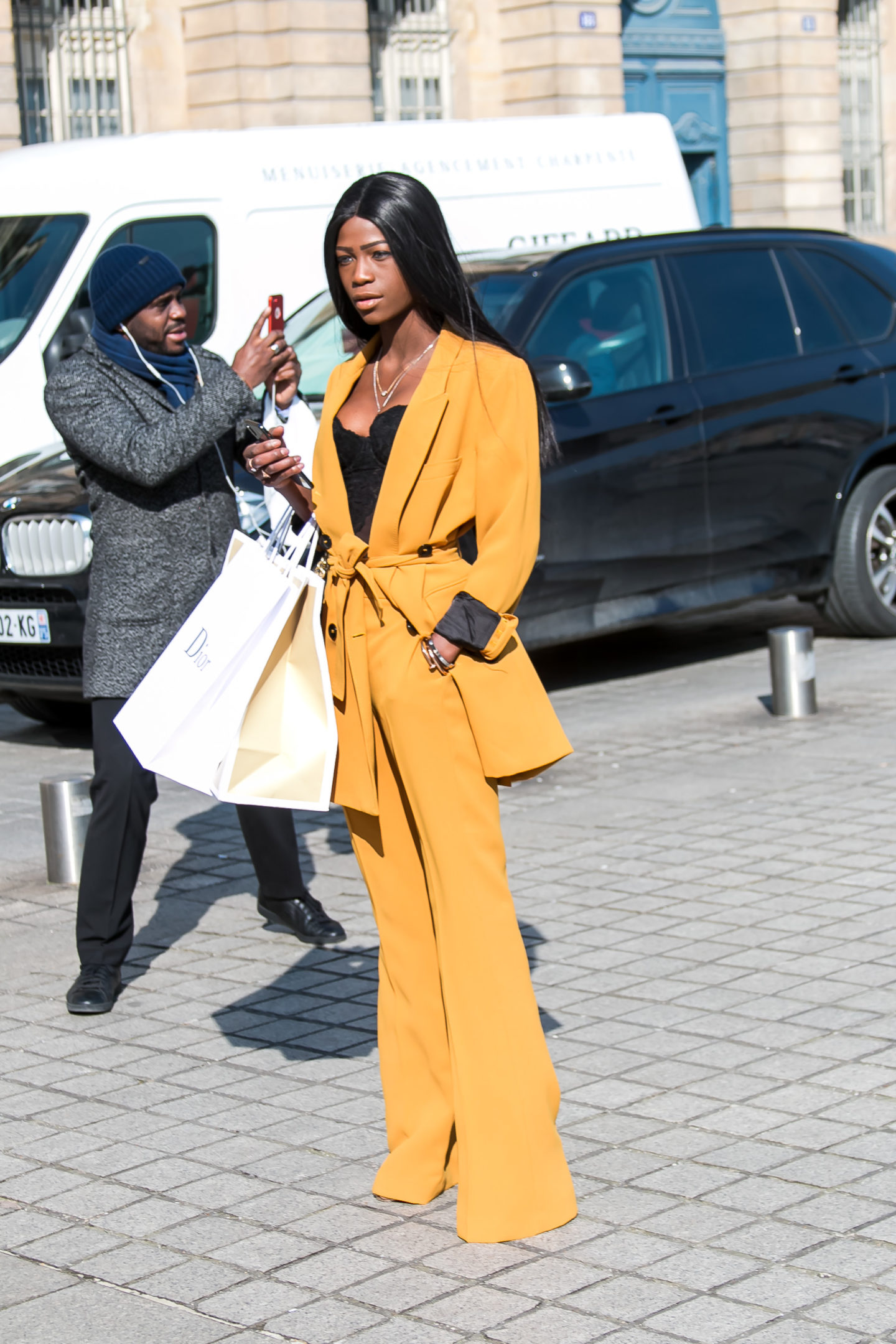
Even on my Instagram now, I had to forcibly make myself make my feed diverse. My personal aesthetic didn’t even include people who look like me.This was a major disservice to me and also smaller bloggers of color. My feed is now mostly women of color as I have intentionally diversified my feed, which proved difficult. While the color palette aesthetic that I like has stayed the same, the amount of representation in these photos has changed.
Look through Vogue.FR, Vogue US, The Cut (who ran one of the diversity articles), Telegraph UK, and Elle US. There’s a very limited range of diversity there. As someone who was outside and inside of fashion shows, it was jarring to see the lack of diversity. Street style photographs all clearly show this controversy. It’s difficult to shoot a diverse group of photos when there are 10 non-white/Asian, non-size 2 invitees per 100 invitees. This is a problem with PRs and designers. There are so many influencers/editors/bloggers/etc. who could be invited to provide a more diverse group of attendees. Unfortunately, we all know that fashion does not embrace people who stray from the norm.
What about Diversity in Fashion Shows & Invitations?
The problem with fashion shows is you invite who you know. Designers and PRs limit their own networking spheres. This further limits the potential diversity of invitees. There are some amazing bloggers with millions of followers who were not brought to fashion week like their peers with half as many dedicated followers. Why is that? Most times, it has to do with the fact that they are non-white and/or above a size 6.
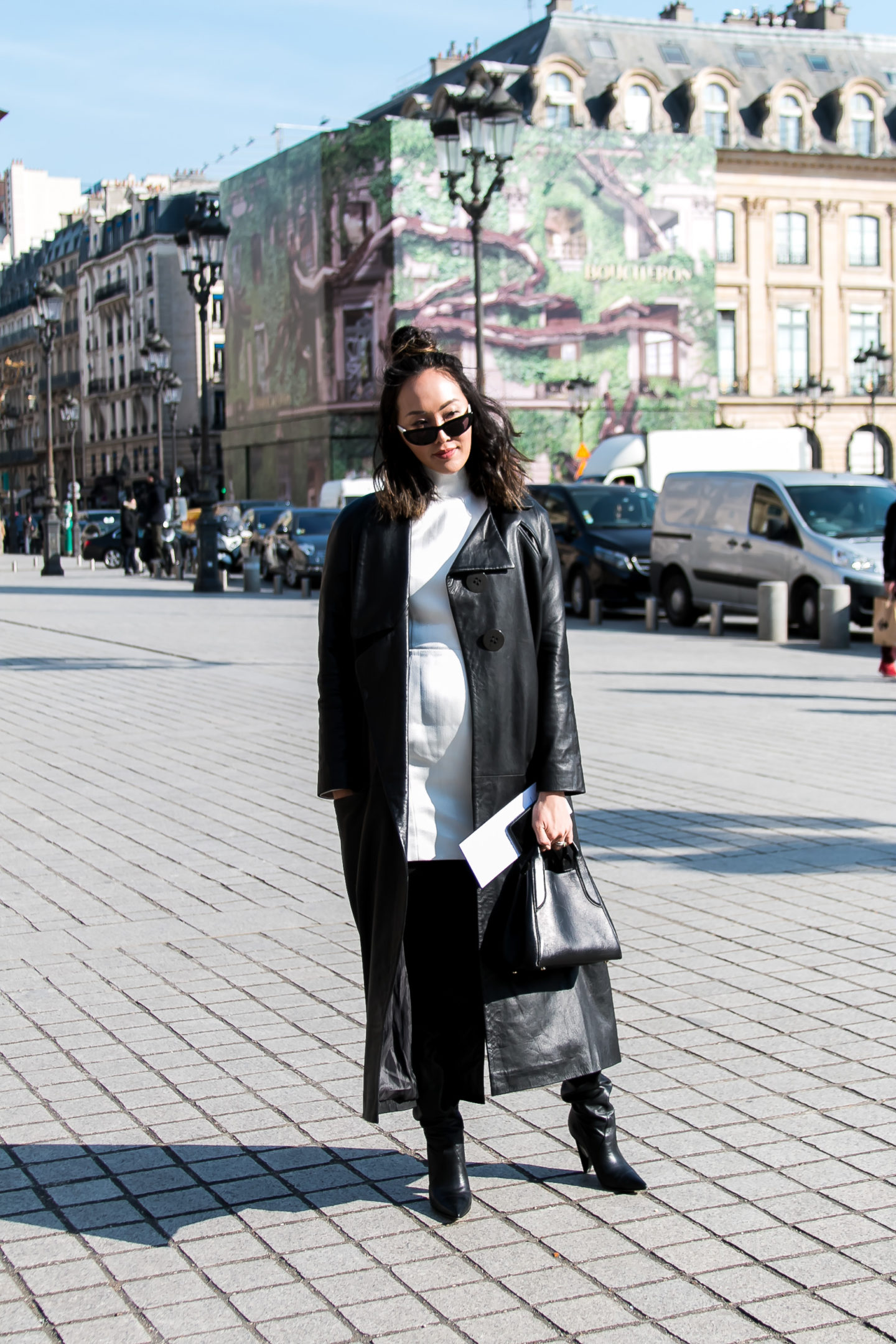
Most people invited to fashion week worked their butt off. They should be applauded for it. Yet, bloggers in positions of power rarely support peers outside of specific stereotypes or body types. Without a diverse group of people invited to shows, there will never be a diverse group of street style photographs. Designers who do not partake in diversity further hurt the industry by showing editors that they don’t want specific groups around their clothes.
One of the biggest issues with fashion editors is that there are not many people of color around in general. Even when you look at multinational productions such as Vogue vs. Vogue UK vs. Vogue Japan, there is a sizeable gap between white executives and designers and people of color. My question is…where are they? Are there no POC editors? There’s gotta be POC designers, right? Where are the POC executives?
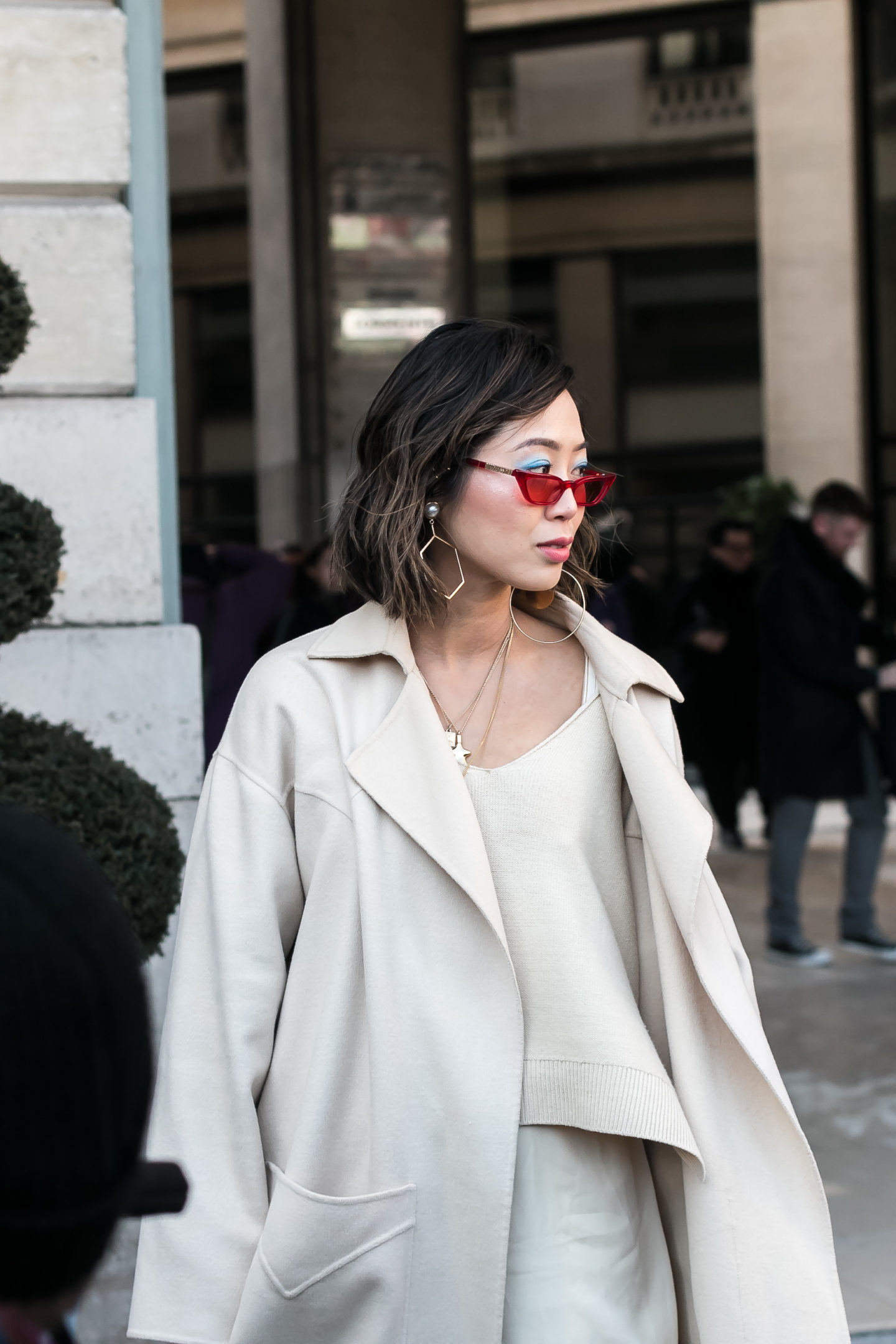
Without people in positions of power, there will not be diversity in the invitations sent out, creating another debacle for the fashion industry. Designers invite who they know. If you don’t know important people of color in the fashion industry, POCs will never be involved in street style and the overall diversity of fashion. This is not to say that there are not people of color in fashion. We can all 5 or so name amazing models, designers, editors, and executives from different backgrounds who represent specific brands, but when we look at the industry as a whole, there is a significant lack of people who are people of color in the fashion industry.
Inherently, creative directors design fashion shows for consumers. Stylists and buyers use Fashion Week in order to view the newest collections for clients and magazine spreads. Consumers are complicit because they don’t make a big fuss over diversity, even sizing. High fashion is a game of exclusion, whether monetary or sizing. I remember the phrase from the film Bridesmaids, “You don’t alter a Vera [Wang] to fit you, you alter yourself to fit Vera,” and looking back, I was like YES, I need to lose weight to fit into certain brands.
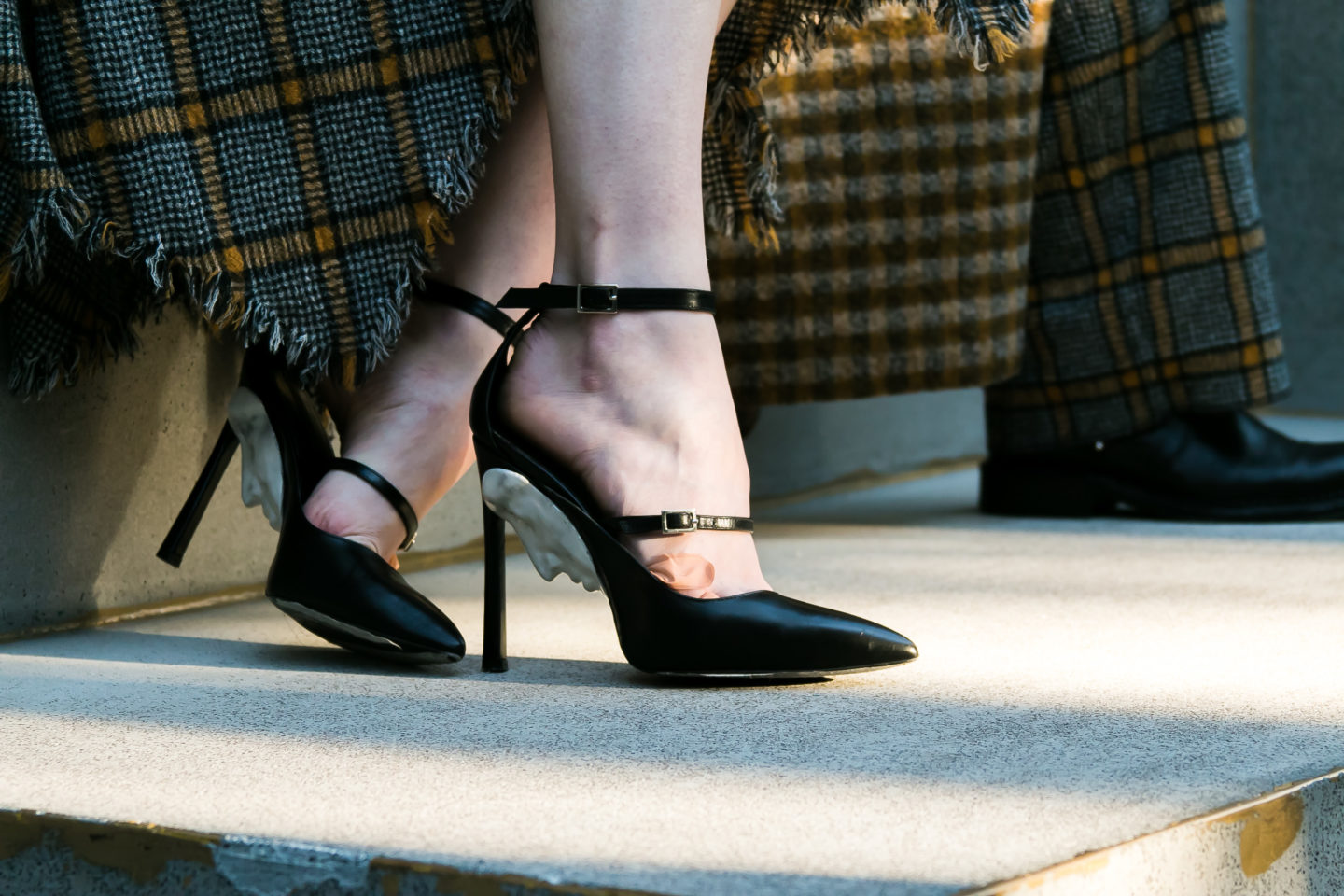
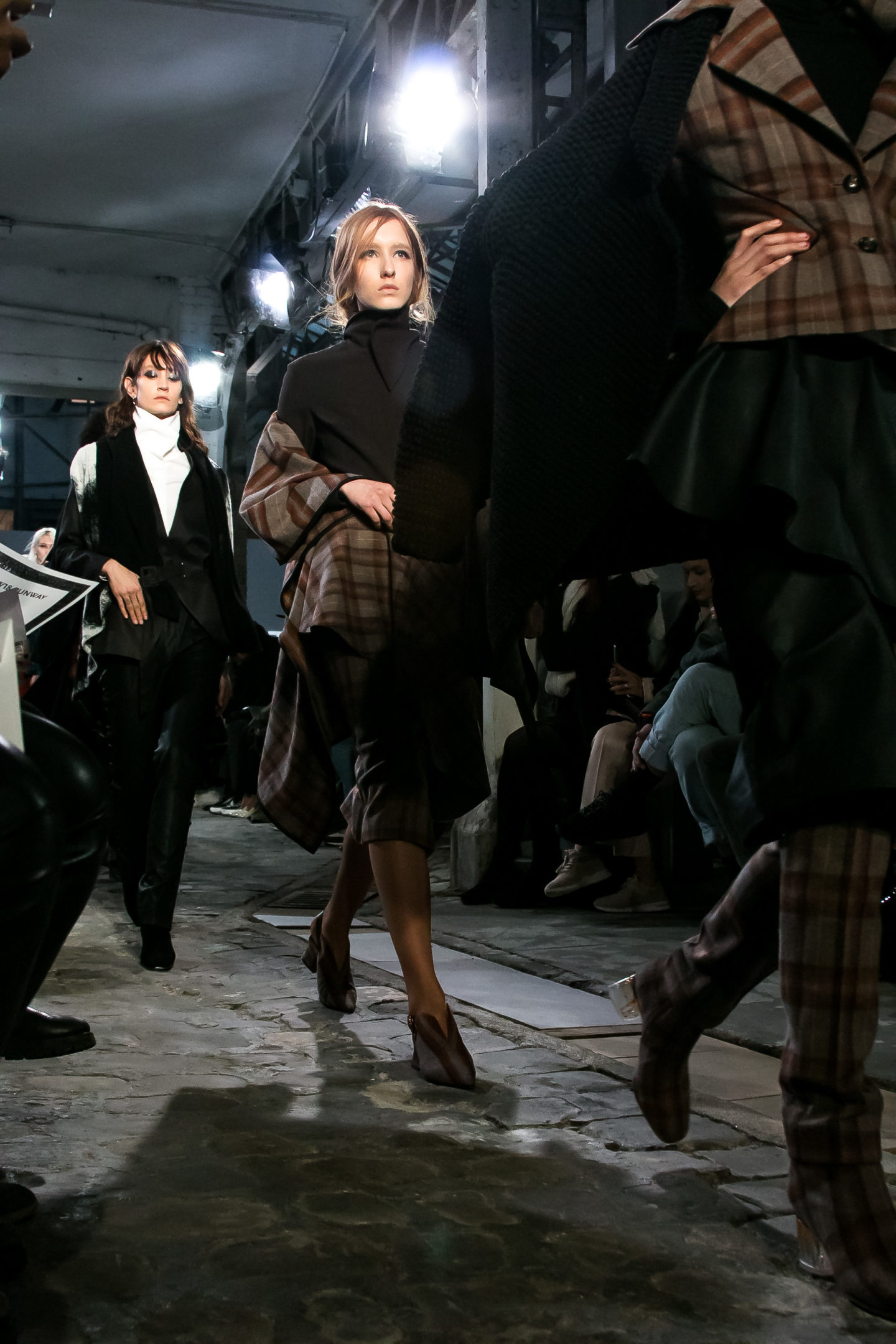
Fashion promotes a certain level of vanity that does not include larger sizes or those without a certain amount of money. So yes, consumers are complicit. We, as consumers, don’t force designers to accept that most women are not under a size 8-12. It’s time that designers create clothes for plus sized women. Consumers must demand the same clothes in more sizes.
The industry is not good with diversity. There is major work to be done to rectify the disparities between the fashion industry and minorities. I’m going to leave you here, but next time, we’re going to dive into the media’s influence. Right now, I want you to take a moment and think. Think about how you can help fix the system, and think about how change can be created. In order to combat the effects of implicit bias, you have to acknowledge that it’s there. Nothing can be fixed, until then. Just remember: actions, speak louder than words.
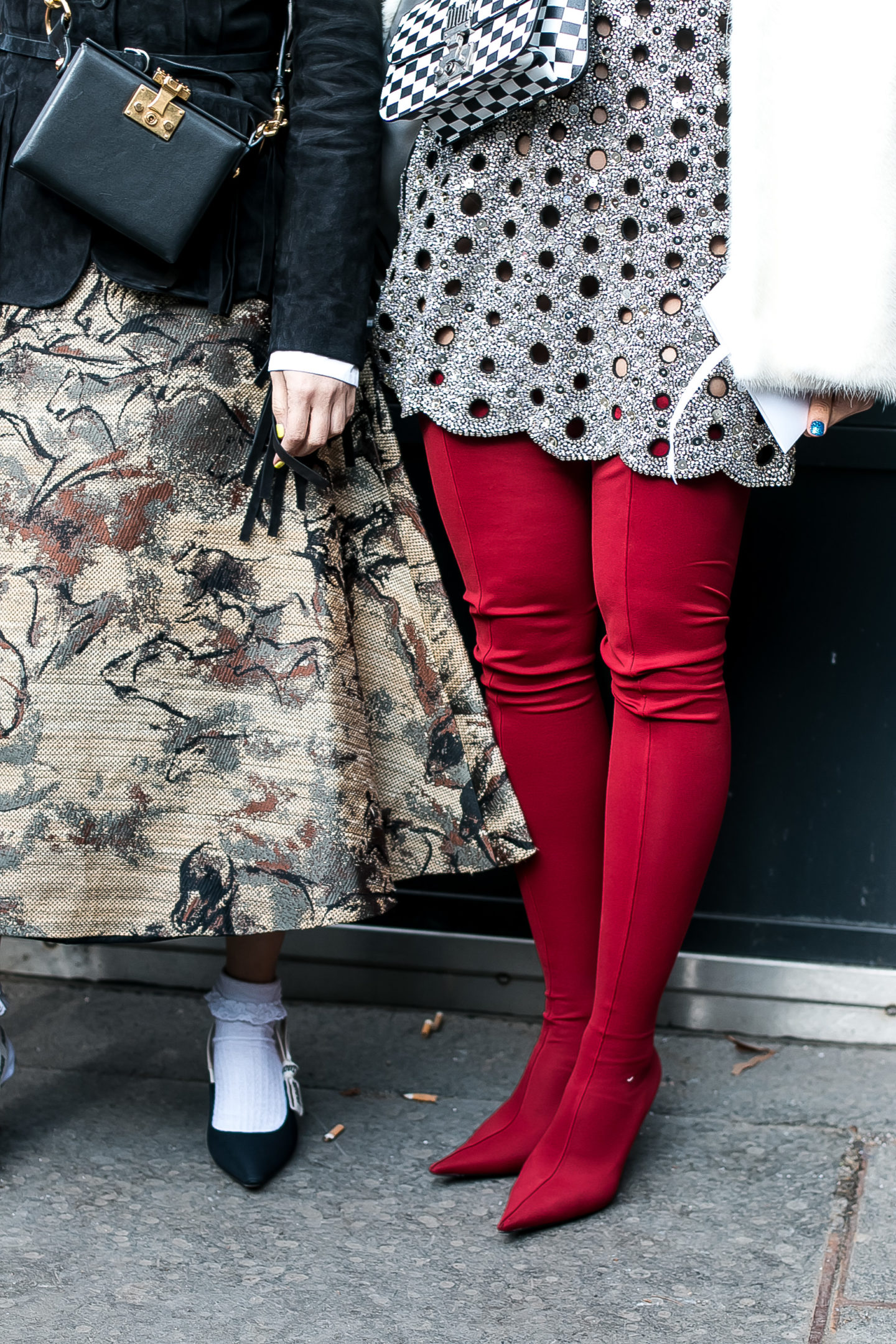
All photos belong to me and were taken during Paris Fashion Week in February of 2018.